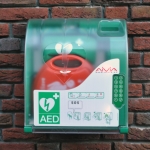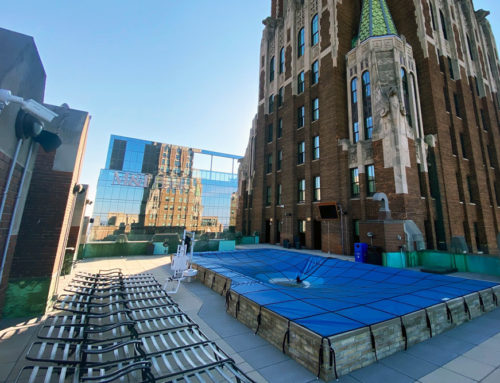Since 2000, government policies have been in place to provide public access to automated external defibrillators, known more commonly as AEDs. These portable devices can send an electric shock to the heart to try to restore a normal rhythm after cardiac arrest. As a result of federal and state regulations, AEDs are now commonly found in airports, schools, sports arenas — and at a growing number of commercial pools, where lifeguards are routinely trained in their proper use. Some states (such as Maryland) have passed laws to make AEDs a requirement at certain pools.
Rising Concerns over AED Reliability
With this good news, however, come concerns over AED product safety and reliability, and just how well lifeguards or pool staff members are prepared to use them. Between January 2005 and September 2014, the Food and Drug Administration fielded 72,000 reports of AED failures. Additionally, since 2005, manufacturers have issued 111 device recalls that affected more than 2 million AEDs. Many of the reported problems related to the reliability of the devices.
For instance, Philips Healthcare issued a voluntary recall of its popular HeartStart AEDs (made between 2005 and 2012) after it was found that a faulty internal electrical component could potentially cause the devices to fail while in use.
The FDA Responds
As a result of these wide-ranging safety concerns, on Jan. 28, 2015, the FDA issued new regulations governing AEDs. Under the new rules, the FDA will require premarket approval for the devices. Manufacturers will be required to send pertinent quality control data to the federal agency, including annual reports on performance and alerts about relevant changes that may impact safety and effectiveness.
The FDA’s strengthened review will focus on the critical elements needed to ensure AED reliability, including accessories such as batteries, pad electrodes, adapters, and hardware keys for pediatric use. Moreover, the FDA will now inspect manufacturers’ facilities prior to approval.
“Automated external defibrillators save lives. These changes to the way these devices are reviewed will allow us to more closely monitor how they are designed and manufactured,” said William Maisel, acting director of the Office of Device Evaluation in the FDA’s Center for Devices and Radiological Health. “This will go a long way toward correcting long-standing problems and ultimately improving the reliability of these devices.”
The FDA notes that AEDs currently on the market will remain available while manufacturers work to meet the new premarketing approval (PMA) requirements. The FDA won’t enforce the new PMA requirement for AEDs until August 3, 2016. Enforcement of the PMA requirement for currently marketed AED accessories won’t begin until February 3, 2020.
AEDs at Commercial Pools
So what steps should commercial pool operators take in the meantime? First, check to make sure that your AEDs are charged and functional, with current pads and operational batteries. If you have questions or concerns about the reliability of your existing AED, contact your pool service company.
Also, be sure to your AED is kept in a location that is clearly visible (marked with the symbol of a heart and a lightning bolt), and that all lifeguards and staff know where to find it. After all, an AED won’t help anyone if it’s kept locked away in a closet or an office.
Perhaps most importantly, make sure staff members know how to recognize the warning signs of cardiac arrest, and that they are properly trained in the use of AEDs. The American Red Cross now offers an AED certification prerequisite for lifeguard training. It may be wise to look into local AED training courses and suggest these classes to staff members, offering reimbursement for those who opt in. Alternatively, consider reaching out to a full-service pool company that’s familiar with these lifesaving devices and can provide training.
According to the Red Cross, a cardiac arrest victim’s chance of survival is reduced by 10 percent for every minute that defibrillation isn’t administered. Additionally, the Red Cross notes that first responders take an average of 8 to 12 minutes to arrive on the scene. Given these statistics, the benefits of an AED on-site far outweigh any potential problems.
At American Pool, we can offer safety training to your pool staff and help with issues involving safety equipment. Get in touch to find out more.






